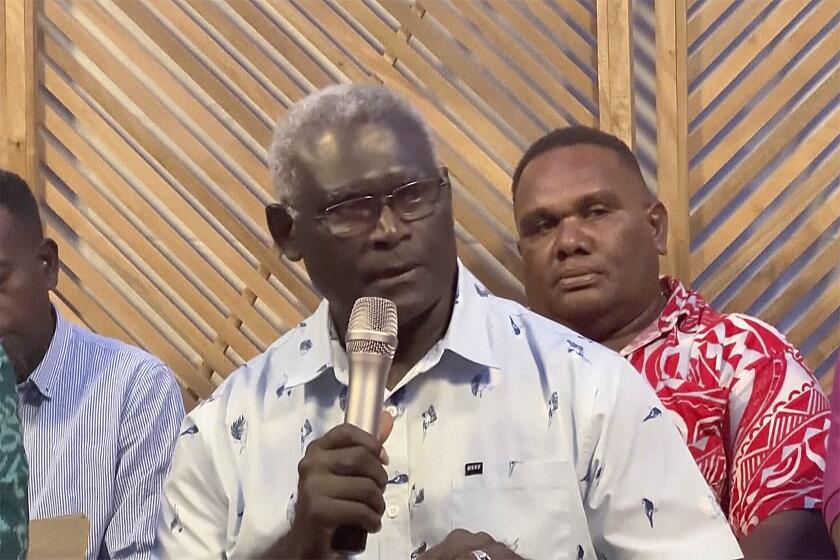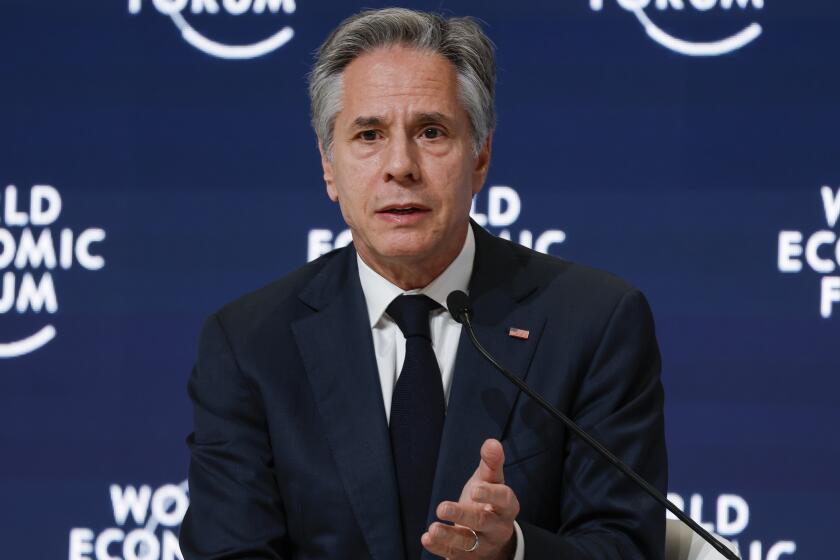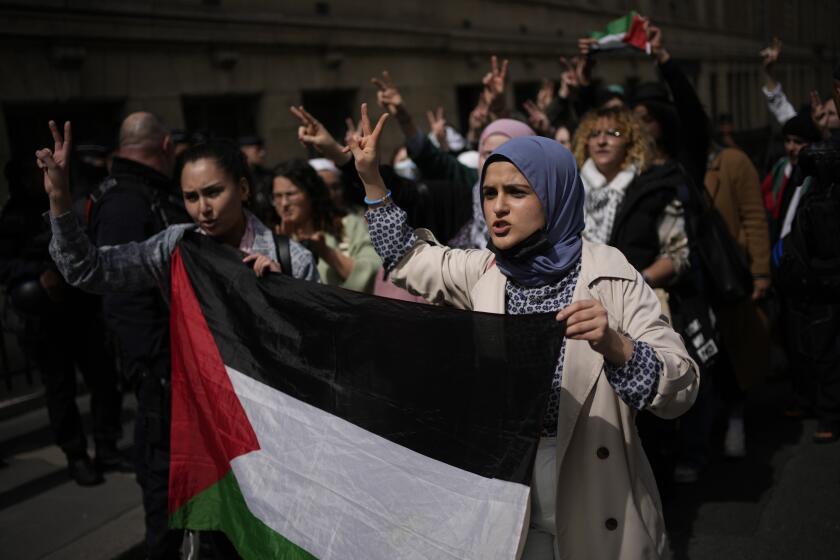India elects its first female president
India named its first female president Saturday after weeks of acrimonious campaigning that touched on sensitive issues such as political corruption, partisan gamesman ship and women’s rights.
Federal and state legislators elected Pratibha Patil to the largely ceremonial post, making this country the world’s largest to boast a female head of state. The last woman to serve that function for India was Queen Victoria, during the days of the British Raj.
A lawyer by training, the 72-year-old Patil was a relative unknown on the national stage whose candidacy seemed to spring from nowhere. Critics complained that her most important qualification appeared to be loyalty to the nation’s most powerful woman, Sonia Gandhi, the head of the ruling Congress Party. Votes from lawmakers belonging to Congress and its allies guaranteed Patil’s commanding victory when the ballots were counted Saturday.
India has already had a female prime minister, Indira Gandhi, one of the most powerful leaders this country has seen. But women are still underrepresented in politics, accounting for fewer than 10% of the members of the Lok Sabha, or lower house of Parliament. And they continue to face widespread discrimination in the workplace and at home.
Supporters of Patil danced in the streets and beat drums outside her home here in the Indian capital.
“I am grateful to the people of India, to all the men and women of India,” Patil told reporters. “This is a victory for the principles which our Indian people uphold.”
Patil outpolled the candidate from the opposition Bharatiya Janata Party, current Vice President Bhairon Singh Shekhawat.
She will replace A.P.J. Abdul Kalam, a floppy-haired, gentle-mannered bachelor and eminent scientist whose tenure in Rashtrapati Bhavan, the president’s sandstone mansion in the heart of New Delhi, has been a popular one.
The Indian presidency has generally been considered a post set above the messiness and pettiness of party politics, a unifying moral force in a country often pulled apart by socioeconomic, religious and linguistic differences.
But the fight over Patil’s nomination quickly turned nasty, as opposition politicians began digging up dirt and India’s vigorous media turned their scrutiny on her.
Detractors said that, despite a long career in politics in Maharashtra state, home to bustling Mumbai (formerly Bombay), Patil never distinguished herself enough to rise to national prominence. Most recently, she has been serving as governor of the state of Rajasthan, also a ceremonial job.
She was accused of using a women’s-empowerment bank she set up in the 1970s to lend cash to her own relatives, who did not pay back the money before financial regulators shut the bank down. A sugar mill she helped found also allegedly defaulted on millions of dollars in loans.
Opponents pointed out that Patil’s husband had been caught up in a scandal surrounding the suicide of a schoolteacher and that her brother was an alleged conspirator in the killing of a local politician in Maharashtra.
Then there were Patil’s own missteps during the increasingly rancorous campaign. Muslim leaders were outraged when Patil declared that Hindu women practiced seclusion and covered their heads only as a way to escape the clutches of rapacious Muslim invaders in centuries past.
Even many of her supporters were embarrassed when Patil said she foresaw her nomination in a “divine premonition” from a deceased guru who she said told her, via one of his disciples, that greatness awaited her.
“The future president of India speaks to dead people. This is almost worse than her shady past,” columnist Tavleen Singh wrote in the Indian Express.
Still, women rallied around Patil’s candidacy as a major advance for their gender, even though some commentators noted that she received the nomination only after Congress Party leaders considered several male candidates before settling on her as a compromise.
A national poll of women by the newsmagazine Outlook showed 68% in support of Patil for president.
The president’s office has historically been used to spotlight disadvantaged sectors of society. Past presidents include Muslims and a Sikh, both minorities among India’s dominant Hindus, and also a Dalit, or member of society once considered “untouchable” according to the ancient caste system.
After her swearing-in on Wednesday, Patil will live in Rashtrapati Bhavan for her five-year term. The imposing building was the centerpiece of architect Edwin Lutyens’ plans for New Delhi as the new capital of the British Raj and was originally the residence of the British viceroy.
More to Read
Start your day right
Sign up for Essential California for news, features and recommendations from the L.A. Times and beyond in your inbox six days a week.
You may occasionally receive promotional content from the Los Angeles Times.







